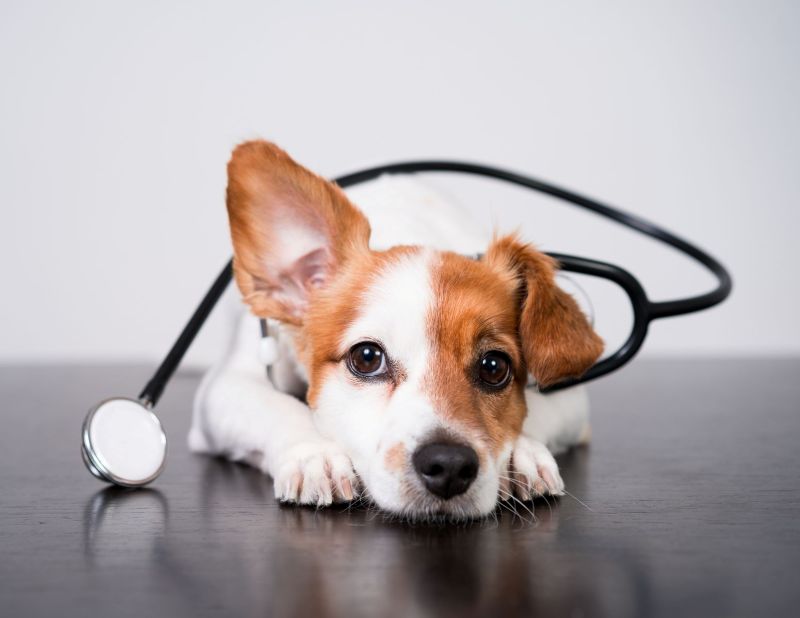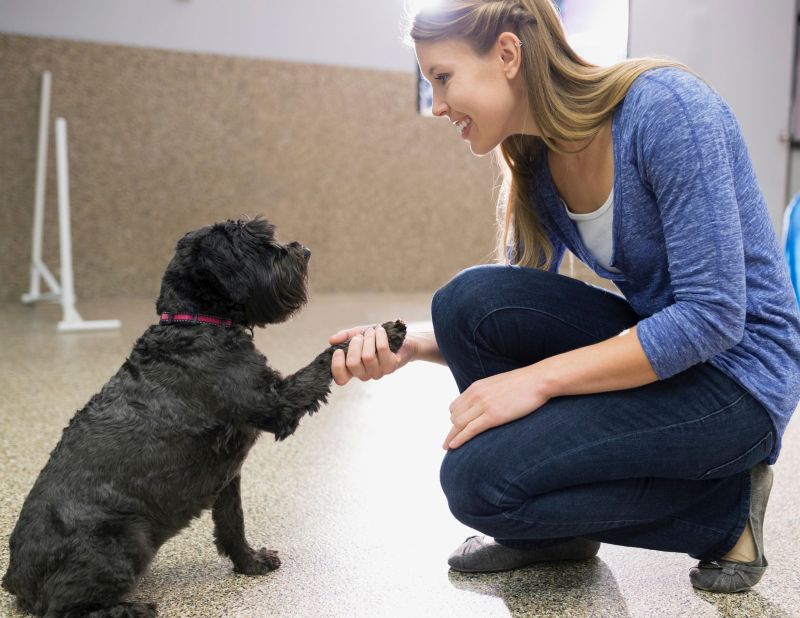February is National Cat Health Month, making it the perfect time to focus on the well-being of our feline friends. As a pet care professional, you are likely to encounter cats of all ages and health conditions. Understanding common cat health issues can help your pet care business provide better service, build trust with clients, and ensure the comfort of every cat in your care.
Here are some of the most common cat health issues to watch for, along with tips on how to catch them early and how your facility can help promote feline wellness.
Common Cat Health Issues and How to Catch Them Early
1. Obesity
Obesity is a growing problem in cats, especially those that live indoors with limited activity. Overweight cats are at higher risk for diabetes, arthritis, and heart disease.
How to catch it early:
- Regularly monitor the cat’s weight and body condition score.
- Watch for signs of reduced mobility or reluctance to play.
How your business can help:
- Offer enrichment activities like interactive toys or climbing structures to encourage exercise.
- Use kennel software to track notes on individual cats’ dietary needs and activity levels.
- Provide clients with feedback on their cat’s behavior and activity during their stay.
Learn more about combating pet obesity.
2. Dental Disease
Dental disease affects up to 70% of cats by the time they’re three years old. Tartar buildup, gum inflammation, and tooth loss are common issues that can lead to pain and infection.
How to catch it early:
- Check for signs of bad breath or changes in eating habits during routine care.
- Look for drooling or pawing at the mouth, which may indicate discomfort.
How your business can help:
- Train staff to recognize signs of dental problems, such as bad breath, drooling, or difficulty eating.
- Record observations in your kennel software, so you can share them with pet owners.
- Encourage clients to schedule regular dental checkups with their veterinarian.
3. Urinary Tract Issues
Cats are prone to urinary tract infections (UTIs) and feline lower urinary tract disease (FLUTD). Stress, diet, and hydration all play a role in urinary health.
How to catch it early:
- Monitor litter box use for changes in frequency or difficulty urinating.
- Be alert for signs of straining, vocalizing during urination, or blood in the urine.
How your business can help:
- Ensure cats have access to fresh, clean water always.
- Minimize stress by providing quiet, comfortable spaces for cats in your facility.
- Keep detailed records in your kennel software about any unusual urination behavior observed during their stay.
4. Parasites
Fleas, ticks, and worms are common parasites that can affect cats. While they’re more common in outdoor cats, indoor cats aren’t immune.
How to catch it early:
- Check for excessive scratching, hair loss, or visible signs of fleas or ticks.
- Monitor stools for signs of worms and report any findings to the pet owner.
How your business can help:
- Require up-to-date flea prevention treatments before accepting cats into your facility.
- Maintain strict cleaning protocols to prevent the spread of parasites.
- Use your kennel software to store vaccination and treatment records, ensuring that only healthy pets are admitted.
5. Upper Respiratory Infections (URIs)
Cats in boarding facilities can be at risk for upper respiratory infections, especially if they haven’t been vaccinated. These infections can spread quickly in multi-pet environments.
How to catch it early:
- Look for sneezing, nasal discharge, or watery eyes.
- Pay attention to any changes in appetite or energy levels.
How your business can help:
- Require vaccinations for feline herpesvirus and calicivirus before boarding.
- Keep sick cats isolated from healthy ones to prevent the spread of infection.
- Regularly clean and disinfect all areas, and document sanitation procedures in your kennel software.
6. Kidney Disease
Chronic kidney disease (CKD) is common in older cats. Early signs include increased thirst, frequent urination, and weight loss.
How to catch it early:
- Watch for increased water intake and urination.
- Monitor weight and coat condition for signs of decline.
How your business can help:
- Be aware of any special dietary needs for cats with CKD.
- Ensure that water is always available and monitor cats for signs of dehydration.
- Use your kennel software to track medical notes and ensure staff is aware of any health conditions.
Final Thoughts
As a pet care professional, you play a vital role in supporting the health and well-being of cats. By staying informed about common feline health issues and using tools like kennel software to keep detailed records, you can offer top-notch care that sets your facility apart.
National Cat Health Month is a great opportunity to remind clients about the importance of routine veterinary care, proper diet, and an active lifestyle for their feline companions. Together, your pet care business and cat owners can work toward ensuring that every cat stays happy and healthy. Check out our blog, “Creating a Better World for Animals: Small Steps, Big Impact.”



